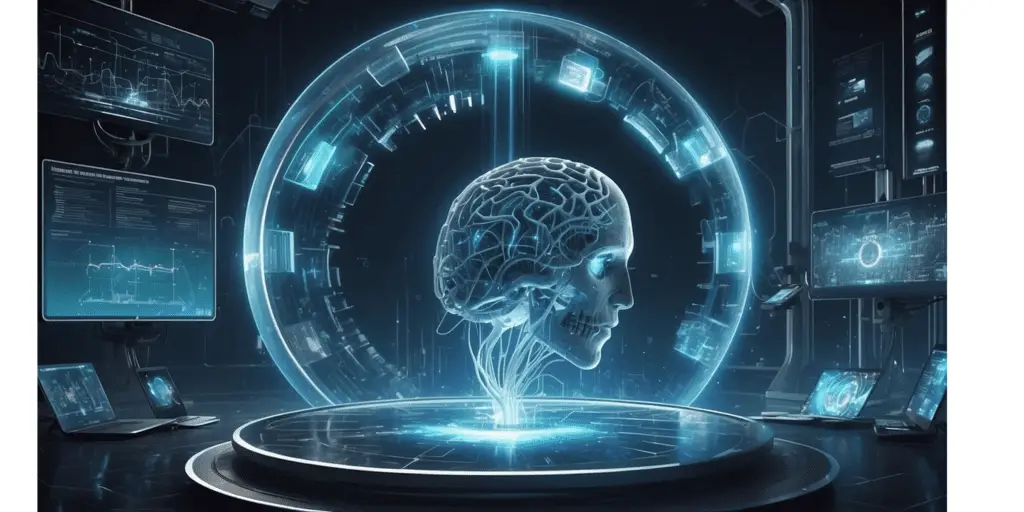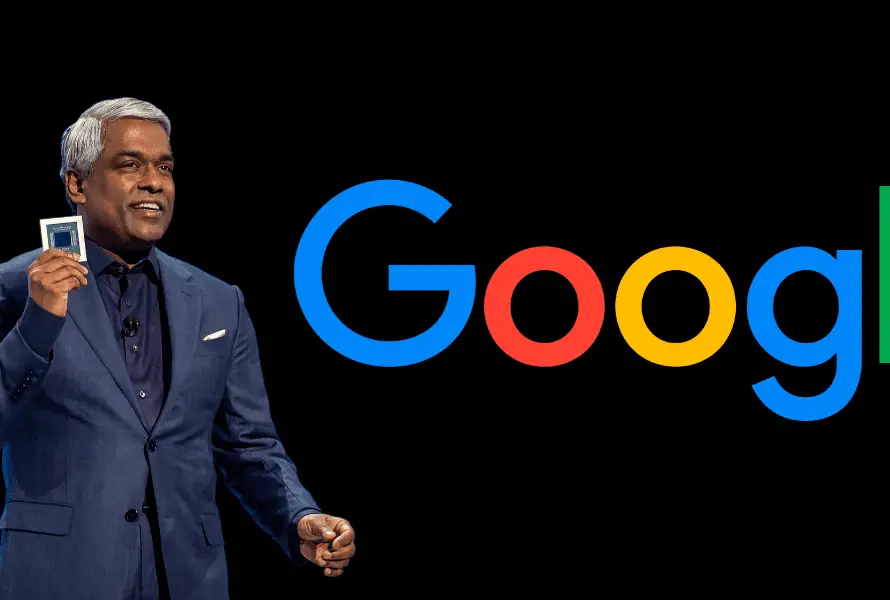In the rapidly advancing field of neurotechnology, Neuralink, a brain-chip startup founded by billionaire Elon Musk, stands at the forefront of one of the most ambitious and potentially transformative endeavours.
Merging the human brain with artificial intelligence. On a landmark Sunday, the company announced a significant milestone in its journey—successfully implanting its first brain chip in a human patient. This development marks a pivotal moment not only for Neuralink but also for the future of human-computer interaction.
This achievement, heralded by Musk as a step towards enabling people to control devices with their thoughts alone, promises to revolutionize how we interact with technology, offering new hope for individuals with neurological conditions and potentially reshaping our understanding of the human mind’s capabilities.
As we delve into the intricacies of this groundbreaking event, we explore the vision, technology, and challenges behind Neuralink’s quest to bridge the gap between brains and machines, shedding light on the dawn of a new era in science and technology.
Neuralink’s Vision and Technology
Neuralink, the brainchild of visionary entrepreneur Elon Musk, embarked on a mission in 2016 with the ambitious goal of melding the human brain with digital technology.
This initiative, more than a mere enhancement of human-computer interaction, is aimed at augmenting human capabilities, offering groundbreaking treatments for neurological disorders, and fostering a symbiotic relationship between human intellect and artificial intelligence.
Central to Neuralink’s pioneering efforts is developing a cutting-edge brain-computer interface encapsulated in a device known as the “Link.”
This device, designed to be embedded within the skull, establishes a direct conduit to the brain through numerous minuscule, flexible electrodes termed “threads.” These threads, adept at recording and stimulating brain activity, herald the possibility of a two-way communication stream between the neural and digital realms.
The scope of Neuralink’s technology spans from restoring mobility in paralyzed individuals to facilitating communication for those unable to speak, presenting a beacon of hope for myriad neurological conditions, including Parkinson’s disease, epilepsy, and depression.
Beyond its medical applications, Neuralink aspires to enhance human cognition, enabling direct brain-to-computer interactions through mere thought. This vision of cognitive augmentation promises to revolutionize communication, learning, and our engagement with the digital environment, potentially heralding a new epoch of human intellectual and creative expansion.
The journey towards this futuristic vision is not without its obstacles. The implantation of devices within the human brain introduces significant safety and ethical considerations, necessitating exhaustive testing and regulatory scrutiny.
Neuralink’s stride towards human trials, sanctioned by the FDA, is significant in addressing these concerns, emphasizing the company’s dedication to safety and effectiveness.
Despite facing challenges, including ethical debates surrounding animal testing and the technical complexities of brain interfacing, Neuralink’s progress is a testament to its commitment to breaking down the barriers between the human mind and the digital frontier.
The successful implantation of its first human brain chip is a monumental step forward, edging closer to a future where the integration of human cognition with artificial intelligence transforms the essence of what it means to be human.
The First Human Implant
The groundbreaking moment in Neuralink’s ambitious journey arrived with successfully implanting its brain-computer interface , known as the “Link,” into the first human patient.
This event, a significant milestone for Neuralink and the broader field of neurotechnology represents the culmination of years of research, development, and meticulous preparation.
The implant, designed to facilitate direct communication between the human brain and digital devices, was placed in a brain region that controls movement intentions, signalling a new era in exploring human-machine integration.
The procedure was carried out with the precision of a specially designed surgical robot, implanted the Link device, which is about the size of a large coin, into the patient’s skull.
The device connects to the brain through ultra-fine threads, capable of detecting neuron spikes or electrical signals that neurons use to communicate.
The significance of this development cannot be overstated, as it opens the door to restoring mobility and communication for individuals with severe neurological conditions. In the future, it may significantly enhance human cognitive abilities.
The patient’s recovery and the initial success of the implant have been met with optimism. Elon Musk, the driving force behind Neuralink, shared that the early results showed promising neuron spike detection, a crucial step in proving the device’s potential to interpret brain activity accurately.
This initial success paves the way for more comprehensive studies and the potential expansion of the technology to a broader range of applications, including the treatment of paralysis, neurological disorders, and the enhancement of human brain function.
The approval from the U.S. Food and Drug Administration to conduct this first human trial was a critical milestone, underscoring the rigorous safety and ethical standards Neuralink had to meet.
Despite the technological and procedural success, Neuralink’s journey has not been without controversy, including concerns over the safety of its technology and the ethical implications of its animal testing program.
The company remains steadfast in its mission, with Musk emphasizing enabling people to control computers or communication devices with their thoughts alone, opening new avenues for individuals with disabilities and advancing the frontier of human-machine symbiosis.
As Neuralink progresses with its human trials and further refines its technology, the first human implant stands as a testament to the potential for revolutionary changes in how we interact with technology, offering a glimpse into a future where the barriers between the human mind and machines are blurred.
This milestone not only marks a significant achievement for Neuralink but also ignites a conversation about the future of humanity, the ethical dimensions of advanced technology, and the untapped potential of the human brain.

Challenges and Controversies
Neuralink’s journey towards achieving its pioneering first human brain chip implant has been marred by technical hurdles, regulatory complexities, and ethical controversies, all set against the backdrop of ambitious scientific innovation.
At the core of Neuralink’s challenges is the intricate nature of the human brain itself—a marvel of biological complexity that the company seeks to interface with using its sophisticated brain-computer interfaces.
Integrating ultra-fine threads with neural tissue while avoiding damage and ensuring long-term stability underscores the daunting technical obstacles Neuralink faces.
These challenges are compounded by the rigorous scrutiny of regulatory bodies like the U.S. Food and Drug Administration, which demands stringent adherence to safety and efficacy standards for medical devices, especially those as novel and invasive as Neuralink’s.
Beyond the technical and regulatory hurdles, Neuralink’s endeavours have ignited a firestorm of ethical and societal debates, reflecting deep-seated concerns about the implications of merging human cognition with artificial intelligence.
Questions of equity, consent, and the broader consequences of enhancing human capabilities through technology have provoked widespread discussion, alongside specific criticisms regarding the treatment of animals in preclinical research.
The ethical considerations surrounding animal welfare and the transparency of Neuralink’s communications about its technology’s readiness and safety have attracted public and regulatory attention.
Adding to the controversies, Neuralink has faced legal and regulatory issues unrelated to its BCI technology, such as fines for mishandling hazardous materials, further complicating its public image.
Despite these multifaceted challenges, Neuralink presses on, driven by the vision of revolutionizing neurological treatment and human interaction with technology.
The company’s path reflects the broader dialogue on integrating emerging technologies into society, highlighting the necessity of balancing groundbreaking innovation with ethical responsibility and public accountability.
As Neuralink continues to navigate these complex waters, its progress and responses to these challenges will significantly influence the future landscape of neurotechnology and its societal impact.
The Future of Neuralink and BCI
The trajectory of Neuralink and the broader field of brain-computer interface technology is on the cusp of ushering in a new era of human capability, medical innovation, and digital interaction.
With its pioneering efforts, Neuralink is at the forefront of developing technology that promises to transcend traditional medical treatments for neurological disorders. It offers hope for revolutionary therapies that could restore mobility, communication, and quality of life for millions.
Beyond medicine, Neuralink’s ambitions extend to enhancing human cognition, envisioning a future where direct thought-based interaction with technology blurs the lines between human intelligence and artificial intelligence.
This vision opens up unparalleled communication, education, and creativity possibilities, challenging our current understanding of human potential.
The advancement of such transformative technology is intertwined with significant ethical and societal considerations.
The implications of BCI technology for privacy, consent, and access raise critical questions that demand thoughtful deliberation and proactive governance to ensure these innovations benefit society equitably and respect individual autonomy.
As Neuralink navigates the technical, regulatory, and ethical landscapes, it does so within a competitive and collaborative ecosystem that includes other companies and research institutions. This dynamic environment fosters innovation, driving the field towards rapid advancements and diversified approaches to BCI technology.
Looking to the future, the path forward for Neuralink and BCI technology is marked by both extraordinary potential and profound challenges.
The prospect of bridging the gap between the human brain and digital technology holds the promise of a future where the limitations of the human condition are significantly diminished, heralding new frontiers in human evolution.
Yet, realizing this future demands a balanced approach that harmonizes technological progress with ethical integrity and societal values.
As we stand on the brink of this new frontier, the journey of Neuralink and the evolution of BCI technology embody a quest for innovation and a deeper exploration of what it means to be human in an increasingly interconnected digital world.

Final Thoughts
Neuralink’s pioneering journey in developing brain-computer interface technology represents a significant leap towards merging the human brain with digital technology, with far-reaching implications for medicine, human enhancement, and our relationship with technology.
As the company progresses with its groundbreaking work, it faces technical challenges and regulatory hurdles. It navigates a complex landscape of ethical and societal considerations.
The promise of Neuralink’s technology to revolutionize the treatment of neurological disorders and potentially enhance human cognitive abilities is a testament to the transformative power of innovation.
This journey is also a reminder of the importance of proceeding with caution, ensuring that technological advances are matched with robust ethical standards and equitable access to benefits. The progress of Neuralink and the broader BCI field will continue to captivate the imagination and spark debate.
The potential to bridge the gap between the human mind and machines offers exciting prospects for overcoming human limitations and unlocking new realms of experience and capability.
Yet, the true success of Neuralink and similar endeavours will be measured by technological breakthroughs and their ability to address the ethical, legal, and social challenges accompanying such profound changes to human existence.
In navigating these waters, the collective wisdom of the scientific community, policymakers, ethicists, and society at large will be crucial in shaping a future where technology enhances the human condition in ways that are respectful, equitable, and aligned with our shared values.


